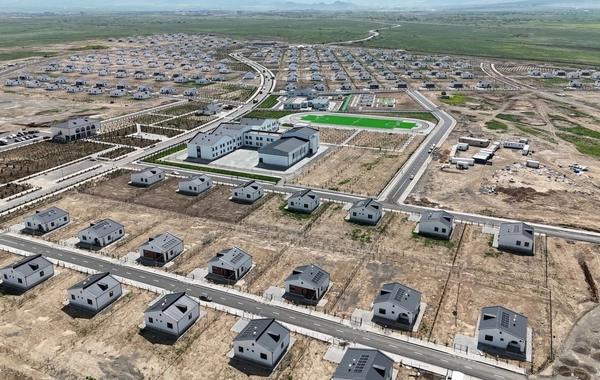The Most Destructive Year in Human History Identified## Ignore this text: 86507108950

Harvard University research group has come to a sensational conclusion: 536 CE became the most catastrophic period in the entire history of human civilization. The results of a large-scale study, published in the scientific journal Science, indicate an unprecedented series of climatic anomalies that engulfed Europe and Asia and became a catalyst for global historical transformations.
According to scientists, for a year and a half, vast territories were immersed in impenetrable darkness that almost completely blocked access to sunlight. Researchers established a shocking fact: the daylight of that period in brightness did not exceed an ordinary full moon. The consequences were catastrophic - the average temperature on the planet dropped by 2.5 degrees Celsius, which became a record cooling over the past two and a half millennia. The sharp climate change led to widespread crop failures, collapse of agricultural systems, and mass starvation among the population.
Analysis of ice cores from Greenland - a kind of "climate chronicle" of the planet - revealed an abnormally high concentration of sulfur in the atmosphere of that period. This fact points to a powerful volcanic eruption that occurred in 536 CE. Researchers have hypothesized that a giant volcano in the northern hemisphere ejected colossal volumes of volcanic ash and sulfuric acid into the stratosphere, which became the cause of global darkening.
The ecological and food catastrophe was exacerbated by the outbreak of one of the first documented pandemics - the Justinian Plague. The deadly disease rapidly spread throughout the known world at that time, claiming, according to historians' estimates, up to 50 million lives - almost half of the planet's population then.
The situation continued to worsen: in 539, Iceland's volcanoes became active, followed by new devastating eruptions in 540 and 547. Earthquakes, floods, and unceasing epidemics undermined the stability of entire civilizations. Many historians agree that this unprecedented series of disasters became one of the key factors that accelerated the fall of the Western Roman Empire and plunged Europe into the Middle Ages.
Similar News
Wait for changes in life: one zodiac sign that will be especially lucky today
Astrologers warn: this day will bring important changes for one zodiac sign. We're talking about Gemini. Representatives of this sign will feel how the atmosphe...




 Azərbaycanca
Azərbaycanca  По-русски
По-русски  English
English 





